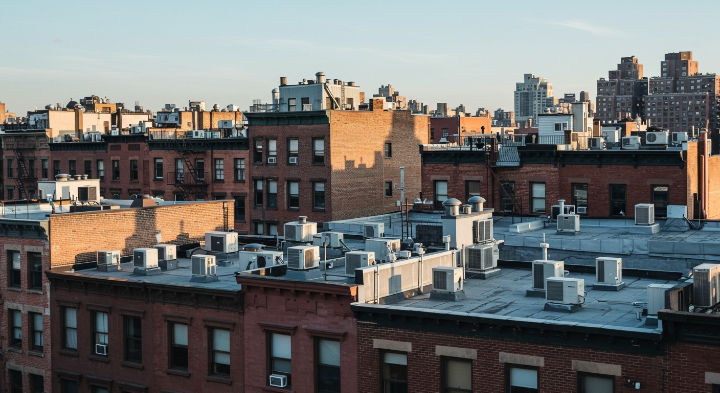Harlem Legionnaires' Outbreak Death Toll Rises to Five
- Aug 19
- 3 min read

A deadly Legionnaires' outbreak has shaken Central Harlem, raising the death toll to five and affecting 108 people, with 14 individuals still hospitalized. New York City faces one of its worst situations since the 2015 outbreak, which claimed 16 lives.
Legionnaires' is a severe form of pneumonia caused by Legionella bacteria. While the bacteria naturally occur in streams, creeks, and lakes, they can proliferate to dangerous levels in warm, artificial environments such as hot tubs, humidifiers, fountains, pools, and, crucially for this outbreak, cooling towers. Health officials believe most of the sick individuals became ill after inhaling bacteria sprayed from these towers.
To date, 12 cooling towers across 10 properties in Central Harlem have tested positive for Legionella bacteria, including locations like Harlem Hospital. All affected towers have been drained, cleaned, and disinfected. However, an analysis revealed that all but one of these locations had cooling towers that were either behind on mandatory testing or had not been inspected by the city in the past year. The city is still awaiting DNA sequencing results to conclusively link the bacteria from the towers to the ongoing infections.
Legionnaires' symptoms, which typically appear between two days and two weeks after exposure, resemble those of the flu: fever, chills, muscle aches, headaches, dry cough, and shortness of breath. Gastrointestinal symptoms such as nausea and diarrhea can also occur. While most healthy people exposed do not get sick, high-risk groups include individuals aged 50 and older, current and former smokers, and those with weakened immune systems or chronic conditions like cancer, lung disease, diabetes, or kidney and liver failure. The disease tends to worsen during the first week, and severe cases can lead to lung failure and heart damage; approximately one out of every 10 people who gets sick will die. It is important to note that Legionnaires' is not contagious from person to person.
Health officials anticipate possible additional cases as people become aware and seek medical attention. Despite this, the number of new cases has begun to decline, suggesting the source has been contained. The city has assured residents that it is safe to continue drinking water, bathing, showering, cooking, and using air conditioning. Dr. Emily Abdoler advises anyone living or working in an affected area to consult a healthcare provider immediately if they develop symptoms such as a cough or fever. Treatment involves antibiotics, and the sooner they are started, the more effective the treatment will be. Most people who take antibiotics will recover.
Legionnaires' cases have been rising over the past two decades in the U.S., with factors such as aging water systems and inadequate maintenance contributing to the increase. Authorities emphasize that the disease is completely preventable. In 2015, New York implemented a law requiring all building owners to register their water cooling towers and maintain them regularly to prevent and control Legionella growth.
Given the severity of the outbreak, a lawyer representing affected individuals called the death toll "shocking," arguing that building owners must be held accountable. A lawsuit against the construction company believed to be responsible for the outbreak is expected. Vigilance and early medical attention are crucial during this peak Legionella season.










Four years ago, my husband was diagnosed with IPF (Idiopathic Pulmonary Fibrosis), a moment that changed our lives significantly. For more than two years, he followed his prescribed medications and attended regular medical checkups. Despite this, his symptoms persisted, and we remained concerned about his overall health. He struggled with low energy, frequent discomfort, and the emotional stress that came with ongoing uncertainty.In search of additional support, we decided last year to explore a herbal treatment program offered by NaturePath Herbal Clinic. We approached it cautiously and without high expectations. Over time, however, we began to notice encouraging changes. His tiredness eased, his digestion became more stable, and he appeared stronger and more at ease overall. Little by little, his…